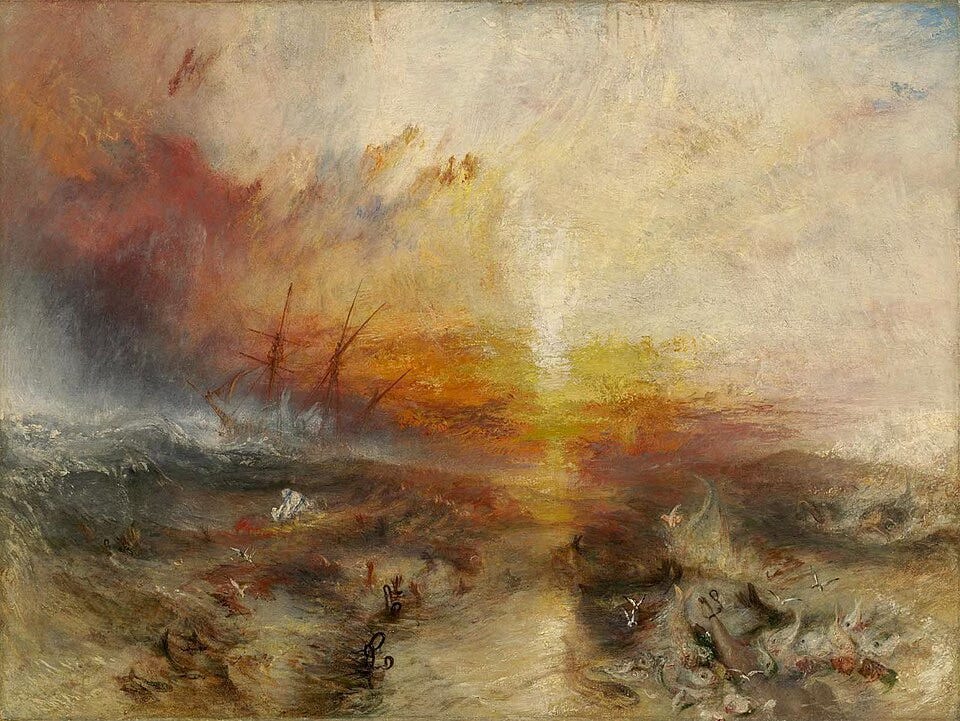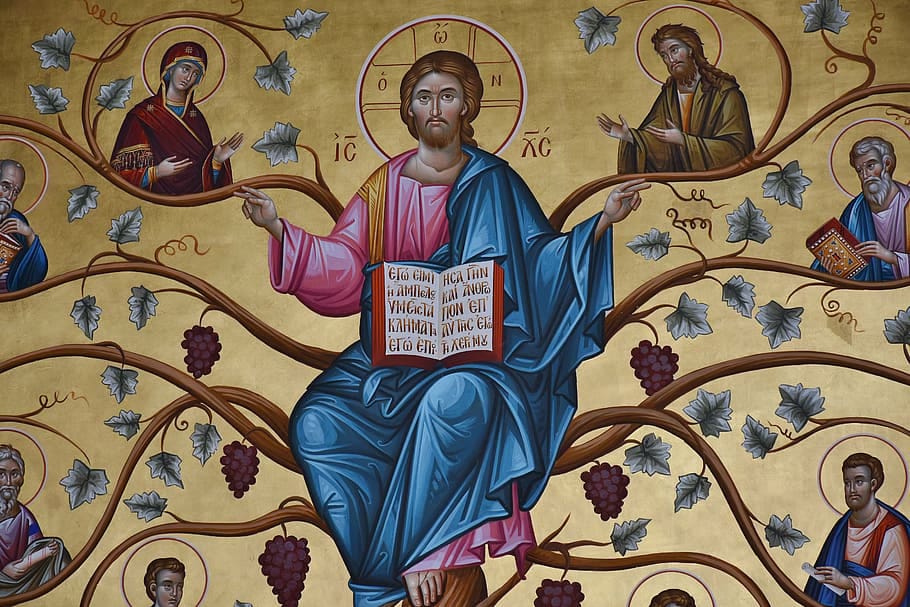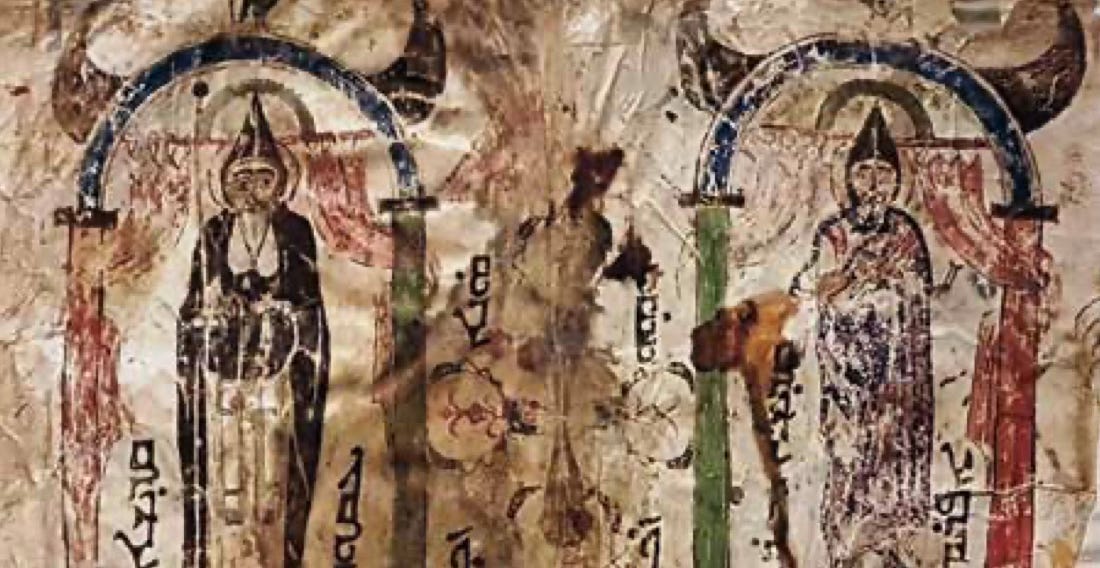Art as the Highest Expression of Metaphysics
Where the Creative Acts Transcend Rich Thought and Inquiry
Art as the Highest Expression of Metaphysics: Where the Creative Acts Transcend Rich Thought and Inquiry
How do we speak about reality in terms of what we can directly experience, and what we can infer about what we can’t? This type of inquiry is formally known as metaphysics, a term derived from the Greek, meaning "beyond tangible being." Many of us—frequently when we are undergraduates—first encounter metaphysics through Aristotle’s twelve books titled Metaphysics. Aristotle referred to this study as 'first philosophy,' 'first science,' 'wisdom,' and 'theology,' underscoring its role as the foundational inquiry into being and ultimate principles; however, the later term 'Metaphysics,' coined by editors to denote its position 'after the physics' in his works, emphasizes its focus on realities beyond the physical, thereby defining the field’s enduring identity.
Metaphysics tries to figure out what reality’s really made of, tackling big questions like: What’s existence all about? What’s time, consciousness, or infinity actually like? These inquiries often resist empirical resolution, requiring speculative and imaginative leaps. Whereas metaphysics traditionally relies on rational discourse (i.e. philosophically-styled language), its abstract and often ineffable subject matter frequently eludes the constraints of propositional language. Art, as a creative act, mirrors this speculative impulse, but it does so through aesthetic forms that engage the senses, emotions, and imagination. Art in fact engages with these same questions through sensory, emotional, and symbolic modes of expression, offering a more holistic and immediate encounter with metaphysical truths. As a methodology, when we engage in philosophy we attempt to answer with these questions with introspective inquiry, but sometimes it’s like explaining a sunset to a calculator. Art doesn’t explain—it just hands us the sunset—a visual experience tempered by our geographical point of view, conditioned by weather and season, forming a specific experience. Unlike philosophy, which dissects reality through concepts, art synthesizes it, presenting a unified vision of the metaphysical that resonates with human experience.
Art is the highest expression of metaphysics and it transcends the discursive limitations of philosophical discourse by embodying the ineffable and rendering the abstract tangible. Art’s metaphysical potency lies in its ability to evoke the ineffable—those aspects of existence that elude linguistic capture, such as the sublime, the eternal, or the unity of being. As Heidegger argued, art reveals “Being” by bringing forth truth in a way that is not merely representational but ontological, disclosing the essence of reality itself.
Music is uniquely suited to metaphysical expression due to its non-representational nature. Unlike visual arts or poetry, which may depict or describe, music exists purely as organized sound, evoking emotions and ideas without relying on mimetic content. This intangibility aligns music with metaphysical inquiries into non-physical realities, such as the nature of time, the soul, or the infinite. Music’s temporal nature further enhances its metaphysical resonance. As a medium that unfolds in time, music engages with questions of temporality and eternity.
The visual arts, be they painting, sculpture, or other media, engage metaphysics through form, color, and symbolism, rendering abstract concepts visible and tangible. Unlike music’s abstraction, visual art often employs representation, yet its metaphysical power lies in its ability to transcend mere depiction, pointing toward deeper truths about existence. From the cave paintings of Lascaux to the dreamlike works of Salvador Dali and the Surrealists, visual art has long served as a medium for exploring the nature of reality, the divine, and the human condition.
In the metaphysical tradition, the concept of the sublime—linked to awe, infinity, and the overwhelming scope of existence—finds profound expression in visual art. J.M.W. Turner’s The Slave Ship (1840), for instance, captures a tumultuous seascape with fiery skies and churning waves, evoking humanity’s struggle against the vast, uncontrollable forces of nature and the infinite. Likewise, Orthodox Christian iconography transcends mere representation to embody divine presence, its stylized forms and luminous gold backgrounds inviting contemplation of the eternal and the ineffable, dissolving the boundary between the material and the spiritual.
Poetry, perhaps more than any other art form, occupies a privileged position in the expression of metaphysics due to its reliance on language, the very medium of philosophical discourse, yet transformed through rhythm (sound), imagery, and metaphor. Poetry distills metaphysical questions into concentrated, evocative forms, bridging the conceptual and the experiential. Poetry is the language of the soul, capable of articulating the ineffable in ways that prose cannot.
The metaphysical poets of the 17th century, like John Donne and George Herbert, skillfully wove intellect and emotion, using intricate conceits to probe love, mortality, and the divine, as seen in Donne’s A Valediction: Forbidding Mourning, where a compass metaphor captures the soul’s enduring unity beyond physical separation, and Herbert’s The Collar, which grapples with divine calling through the vivid imagery of a priest’s clothing. Such tradition echoes in early Christian theological poets like Ephrem the Syrian, whose Hymns on Paradise use metaphors like the “robe of glory” to bridge humanity and the divine, and Jacob of Serugh, whose Nativity homilies unveil the paradox of God’s infinite presence in finite flesh.
Poetry’s metaphysical power derives from its ability to compress vast ideas into compact forms, creating moments of epiphany that mirror the sudden disclosures of philosophical insight. William Blake’s Auguries of Innocence, with its opening lines—“To see a World in a Grain of Sand / And a Heaven in a Wild Flower”—encapsulates a metaphysical vision of the microcosm reflecting the macrocosm, a concept resonant with both mystical and philosophical traditions. Through its economy and intensity, poetry transforms metaphysical speculation into a lived, felt experience.
All that said, there is a place for rational discourse investigating metaphysical questions. That is a genre accessible to savants and ordinary folks alike. It is often from the style of inquiry that the creative find inspiration. Yet as an approach, art is the highest expression of metaphysics. It transcends the abstract and speculative nature of philosophical inquiry, offering a direct, experiential encounter with the fundamental questions of existence. Music, the visual arts, and poetry each contribute uniquely to this endeavor, embodying the ineffable, the infinite, and the interconnectedness of being in ways that resonate with human experience. By synthesizing the sensory, emotional, and intellectual, art not only reflects metaphysical truths but enacts them, inviting us to participate in the ongoing revelation of reality’s deepest mysteries. In this sense, art does not merely describe the metaphysical—it becomes it, a living testament to the unity of thought, feeling, and being.





This is why analytic philosophers need to read more poetry 😭😭 (I’m an analytic philosopher and I need to read more poetry)
Thank you, Dr Wingert. This is very good.